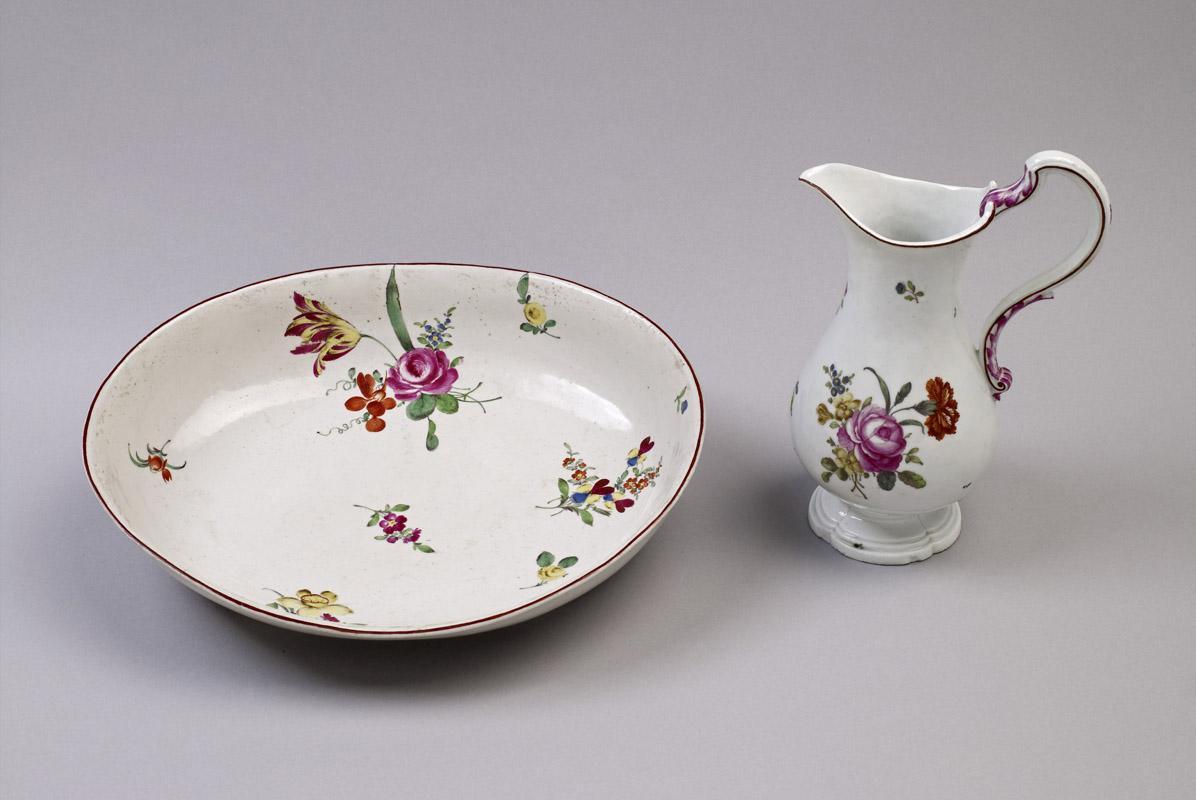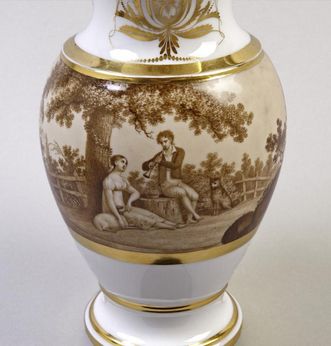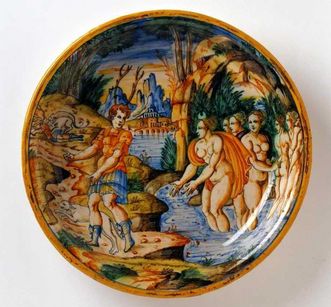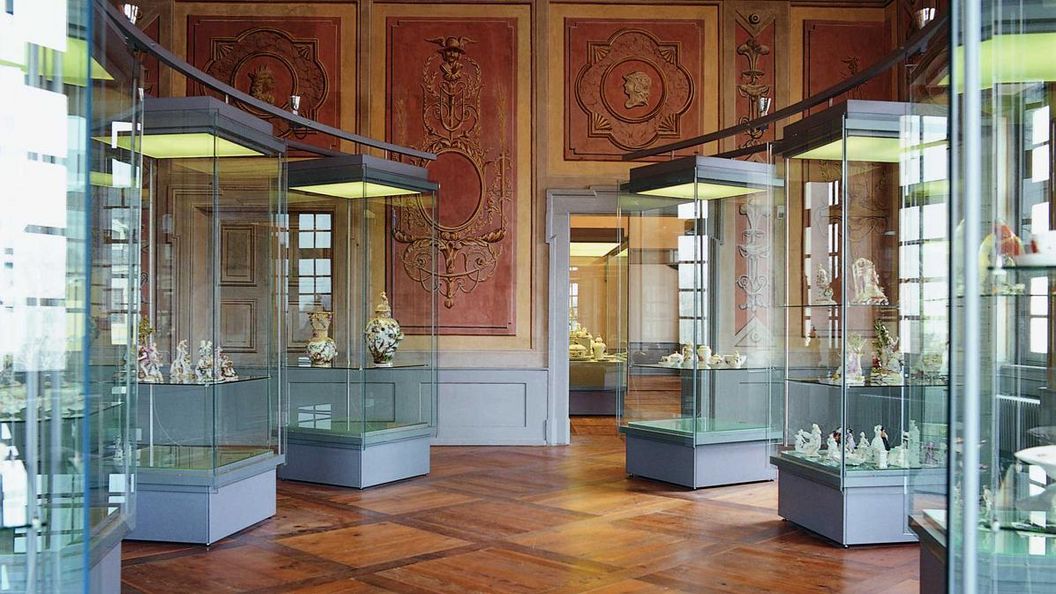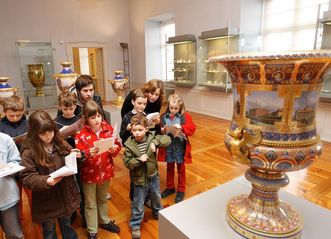Frivolous shepherds and Venetian masquerades
The research collection of Ludwigsburg porcelain, consisting of 2,000 pieces, is a highlight. Richly decorated sets and centerpieces give an impression of the decadent splendor of courtly dining culture. Groups of figurines give a sense of the daily life lived in the Rococo period. The Landesmuseum Württemberg's large collection on display at Ludwigsburg Residential Palace, includes the best examples from all of the important manufacturers of the18th and 19th century.



